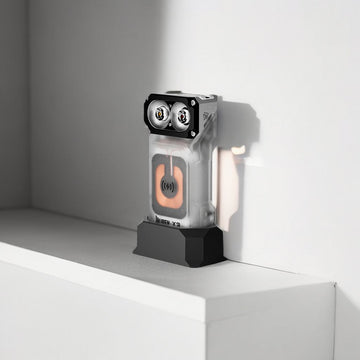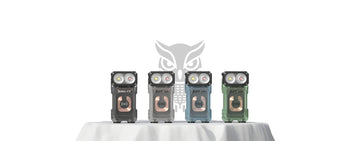
Lumen
Lumen is a fundamental unit of measurement used to quantify the total amount of visible light emitted by a source. It measures the luminous flux, taking into account the entire spectrum of light and how it is perceived by the human eye. In simpler terms, lumen measures the overall light output of a source.In lighting technology, lumen serves as a crucial metric for determining the brightness of a light fixture or lamp. By measuring the total luminous flux in lumens, manufacturers can provide accurate information to consumers about the brightness of their products. This allows individuals to make informed decisions when choosing lighting solutions for various applications, whether it's creating a well-lit workspace or setting the ambiance in a residential setting.
Candela
Candela, on the other hand, is a unit of measurement that quantifies the luminous intensity of a light source in a specific direction. It focuses on the concentration of light in a particular beam or cone, rather than the overall light output. Candela measures the brightness or intensity of light emitted from a source.In lighting design, candela plays a significant role in determining the appropriate intensity of light required for different applications. Architects and lighting professionals use candela to assess and achieve specific lighting effects and to ensure safety and visual comfort in various environments. By understanding the measurement of candela, lighting designers can strategically position light sources and control light distribution to meet specific requirements.
Lumen vs Candela
Now that we have a clear understanding of lumen and candela, let's explore the key differences between these two metrics.
Firstly, the measurement focus differs. Lumen quantifies the total light output of a source, taking into account the entire emitted spectrum and the human eye's sensitivity to different wavelengths. Candela, on the other hand, emphasizes the directional intensity of light in a specific beam or cone. It measures the concentration of light in a particular direction.
Secondly, there are perceptual differences based on the sensitivity of the human eye. Our eyes are more sensitive to certain wavelengths of light, particularly in the green-yellow region. Lumen accounts for this sensitivity by considering the eye's response across the entire visible spectrum. Candela, on the other hand, does not directly incorporate the eye's sensitivity curve, as it focuses solely on the intensity in a specific direction.
Lastly, the practical applications of lumen and candela differ. Lumen is commonly used when selecting lighting solutions for general illumination purposes, as it provides a comprehensive measure of the overall brightness. It helps individuals determine the appropriate light output for a particular space or task. Candela, on the other hand, is particularly useful in applications that require directional lighting, such as spotlights or accent lighting. By measuring the intensity of light in a specific direction, it aids in achieving desired lighting effects and creating focal points.
In conclusion, lumen and candela are distinct units of measurement used in the realm of lighting. While lumen focuses on the total light output and provides a comprehensive measure of brightness, candela emphasizes the intensity of light in a specific direction. Understanding the differences between these metrics is crucial for lighting professionals, architects, and consumers alike. By grasping the nuances of lumen and candela, individuals can make informed decisions about lighting design, select appropriate lighting solutions, and create desired visual experiences. So, whether you're looking to illuminate a workspace or enhance the ambiance of your living space, understanding lumen and candela will undoubtedly shed light on your path to lighting excellence.
Related article: Candela vs Lumen




